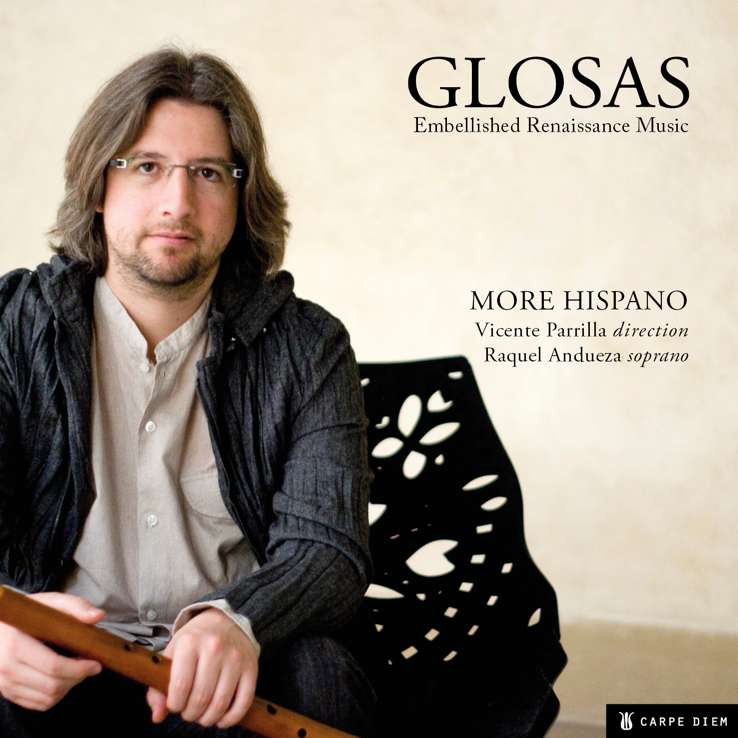Notas de Fred Morgan sobre flautas barrocas originales
Imagina grabar un álbum para documentar el sonido de una colección de flautas de pico barrocas originales y que el ilustre constructor de flautas Fred Morgan (1940–1999) escribiera las notas de presentación del disco. Es exactamente lo que hizo el célebre flautista Frans Brüggen (1932–2014) en 1976.
Brüggen publicó por primera vez su LP 17 Blockflöten, hoy considerado un clásico, en 1972.1 El triple álbum documenta el sonido, además de la excelente interpretación de Brüggen, de diecisiete flautas antiguas construidas en el periodo barroco. Entre ellas hay instrumentos fabricados por algunos de los más célebres constructores del siglo XVIII, como Bressan, Denner, Rottenburgh y Stanesby. La selección incluye instrumentos de maestros holandeses como Beukers, Haka, van Aardenberg, van Heerde y Wijne.
Brüggen se encargó también de escribir las notas de la edición original de 1972. En su ensayo reflexiona sobre la naturaleza única del proyecto, los instrumentos que utiliza y las características de la flauta:
Si algo he aprendido haciendo estas grabaciones es lo que siempre he sospechado: la flauta de pico es un instrumento precioso. Pero, también, que sólo puede serlo si está realmente bien construida (si no, roza la categoría de mero silbato y juguete) y muy bien tocada. 2
El comentario de Brüggen refleja muy bien su nivel de autoexigencia. Aunque las notas de 1972 citan extensamente un texto del constructor de flautas holandés Hans Coolsma, las de la reedición de 1976, esta vez en un LP de dos volúmenes, lo sustituyen por dos interesantes ensayos de Fred Morgan. Como se trata de un LP de los años setenta, hoy descatalogado y que no se ha editado en CD, me ha parecido que merecía la pena rescatar sus textos. El prestigioso constructor australiano había estudiado y medido muchas de estas flautas y conocía como pocos el valor incalculable estos instrumentos. Sus comentarios, llenos de agudas observaciones sobre ellos, lo demuestran.
Notas de Fred Morgan sobre flautas barrocas originales holandesas
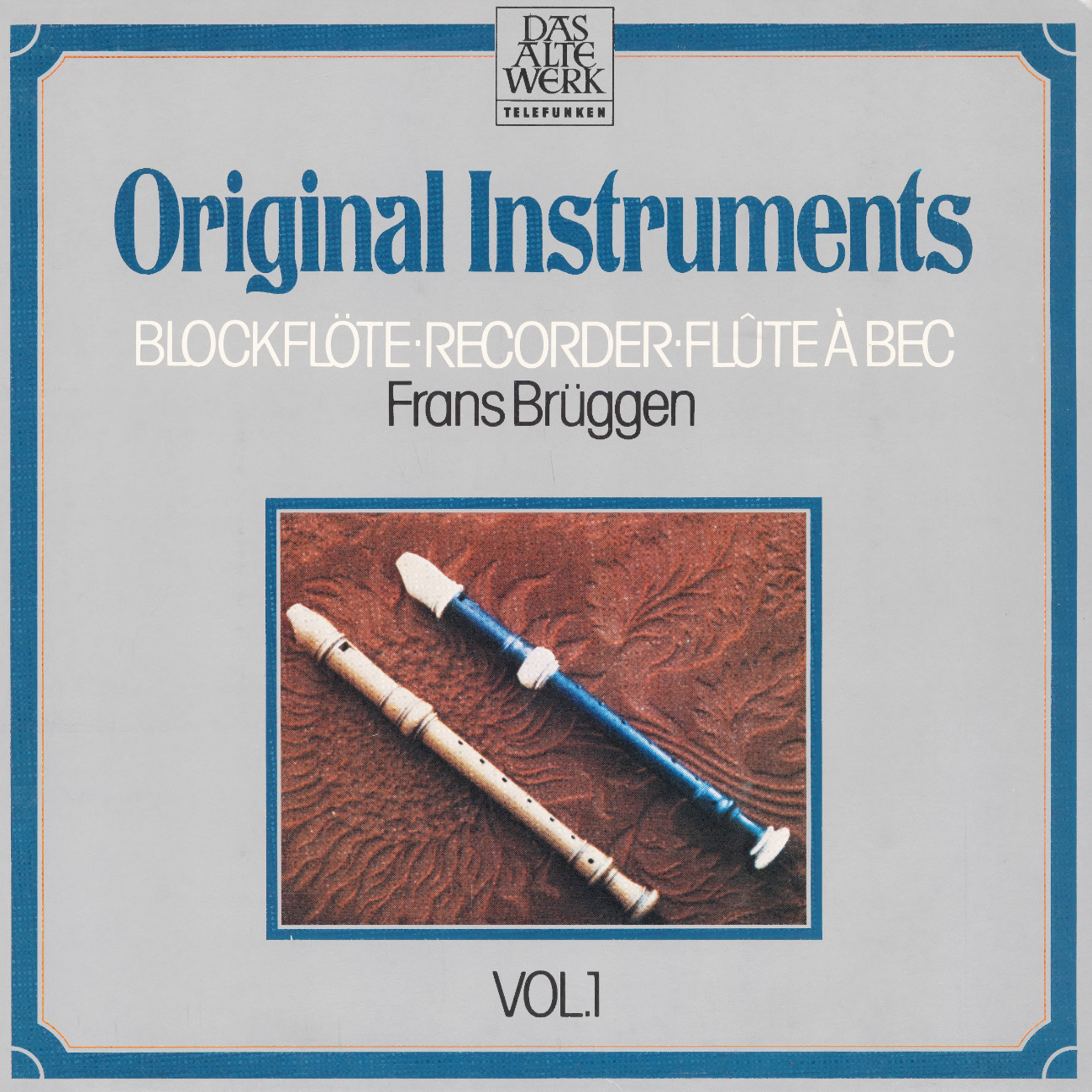
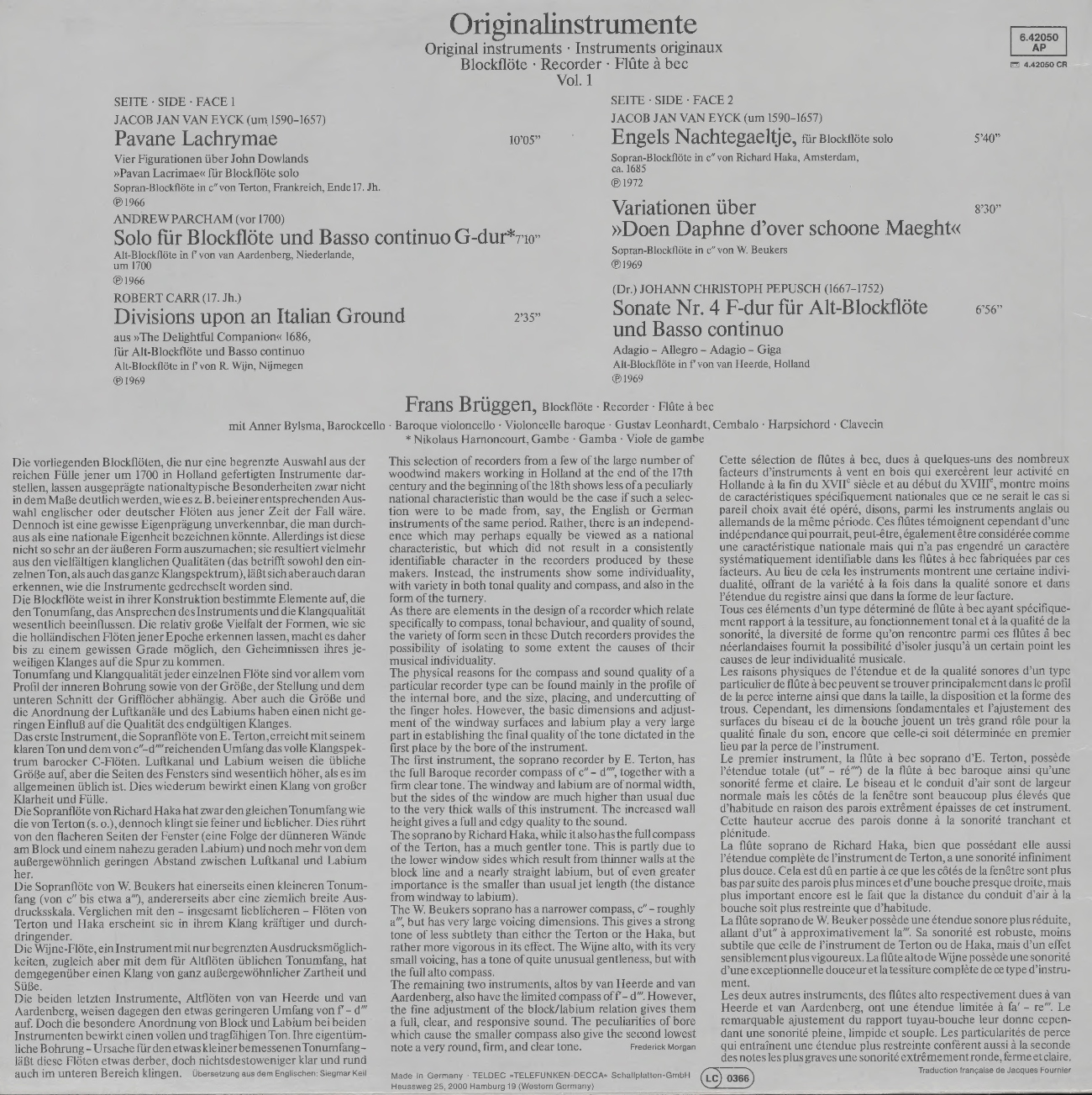
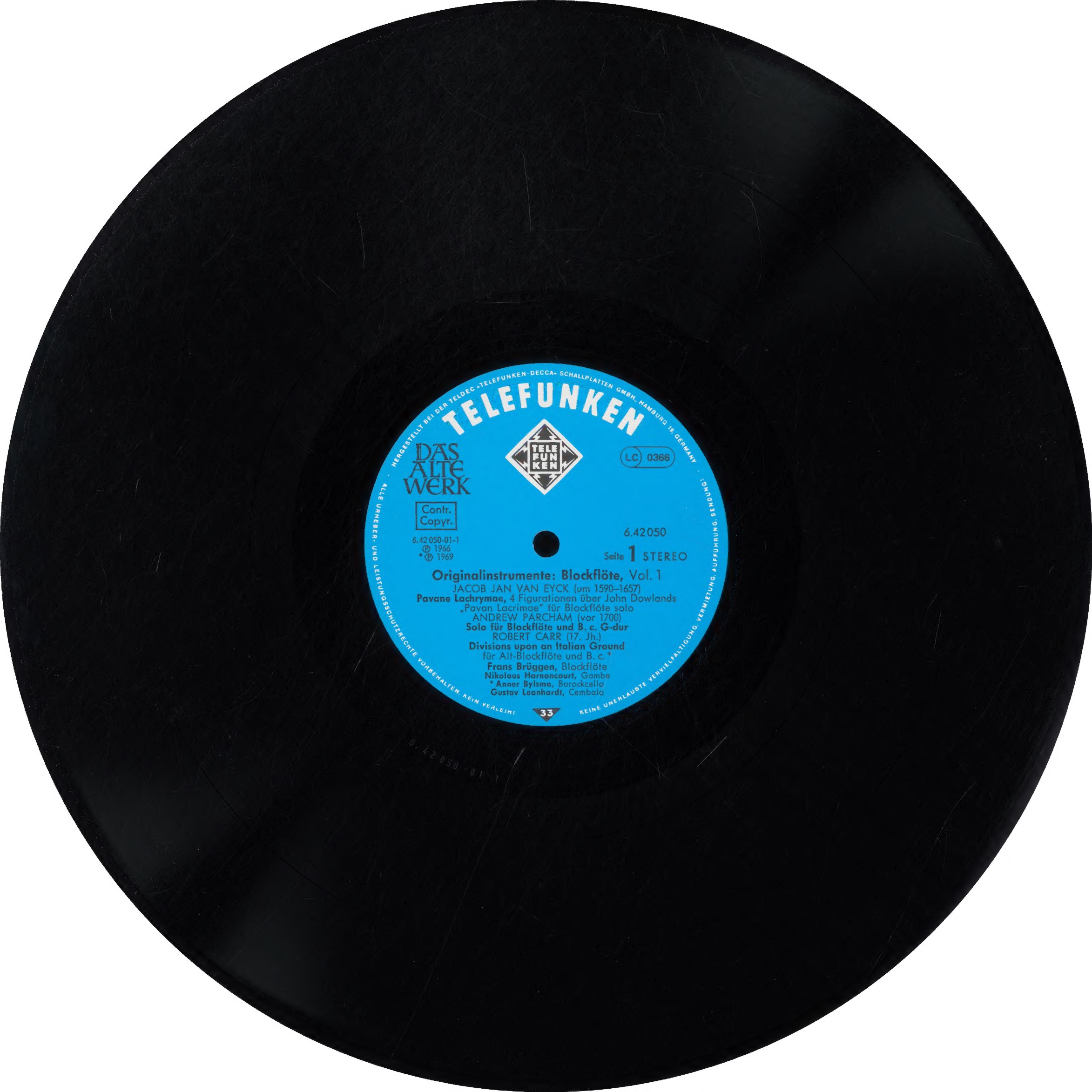
Estas son las notas del volumen 1. En este primer ensayo, Morgan habla de una selección de flautas holandesas documentadas en el primer LP:3
This selection of recorders from a few of the large number of woodwind makers working in Holland at the end of the 17th century and the beginning of the 18th shows less of a peculiarly national characteristic than would be the case if such a selection were to be made from, say, the English or German instruments of the same period. Rather, there is an independence which may perhaps equally be viewed as a national characteristic, but which did not result in a consistently identifiable character in the recorders produced by these makers. Instead, the instruments show some individuality, with variety in both tonal quality and compass, and also in the form of the turnery.
As there are elements in the design of a recorder which relate specifically to compass, tonal behaviour, and quality of sound, the variety of form seen in these Dutch recorders provides the possibility of isolating to some extent the causes of their musical individuality.
The physical reasons for the compass and sound quality of a particular recorder type can be found mainly in the profile of the internal bore, and the size, placing, and undercutting of the finger holes. However, the basic dimensions and adjustment of the windway surfaces and labium play a very large part in establishing the final quality of the tone dictated in the first place by the bore of the instrument.
The first instrument, the soprano recorder by E. Terton, has the full Baroque recorder compass of c″ – d″″, together with a firm clear tone. The windway and labium are of normal width, but the sides of the window are much higher than usual due to the very thick walls of this instrument. The increased wall height gives a full and edgy quality to the sound.
The soprano by Richard Haka, while it also has the full compass of the Terton, has a much gentler tone. This is partly due to the lower window sides which result from thinner walls at the block line and a nearly straight labium, but of even greater importance is the smaller than usual jet length (the distance from windway to labium).
The W. Beukers soprano has a narrower compass, c″ – roughly a‴, but has very large voicing dimensions. This gives a strong tone of less subtlety than either the Terton or the Haka, but rather more vigorous in its effect. The Wijne alto, with its very small voicing, has a tone of quite unusual gentleness, but with the full alto compass.
The remaining two instruments, altos by van Heerde and van Aardenberg, also have the limited compass of f’ – d‴. However, the fine adjustment of the block/labium relation gives them a full, clear, and responsive sound. The peculiarities of bore which cause the smaller compass also give the second lowest note a very round, firm, and clear tone.
Frederick Morgan
Notas de Fred Morgan sobre flautas barrocas originales
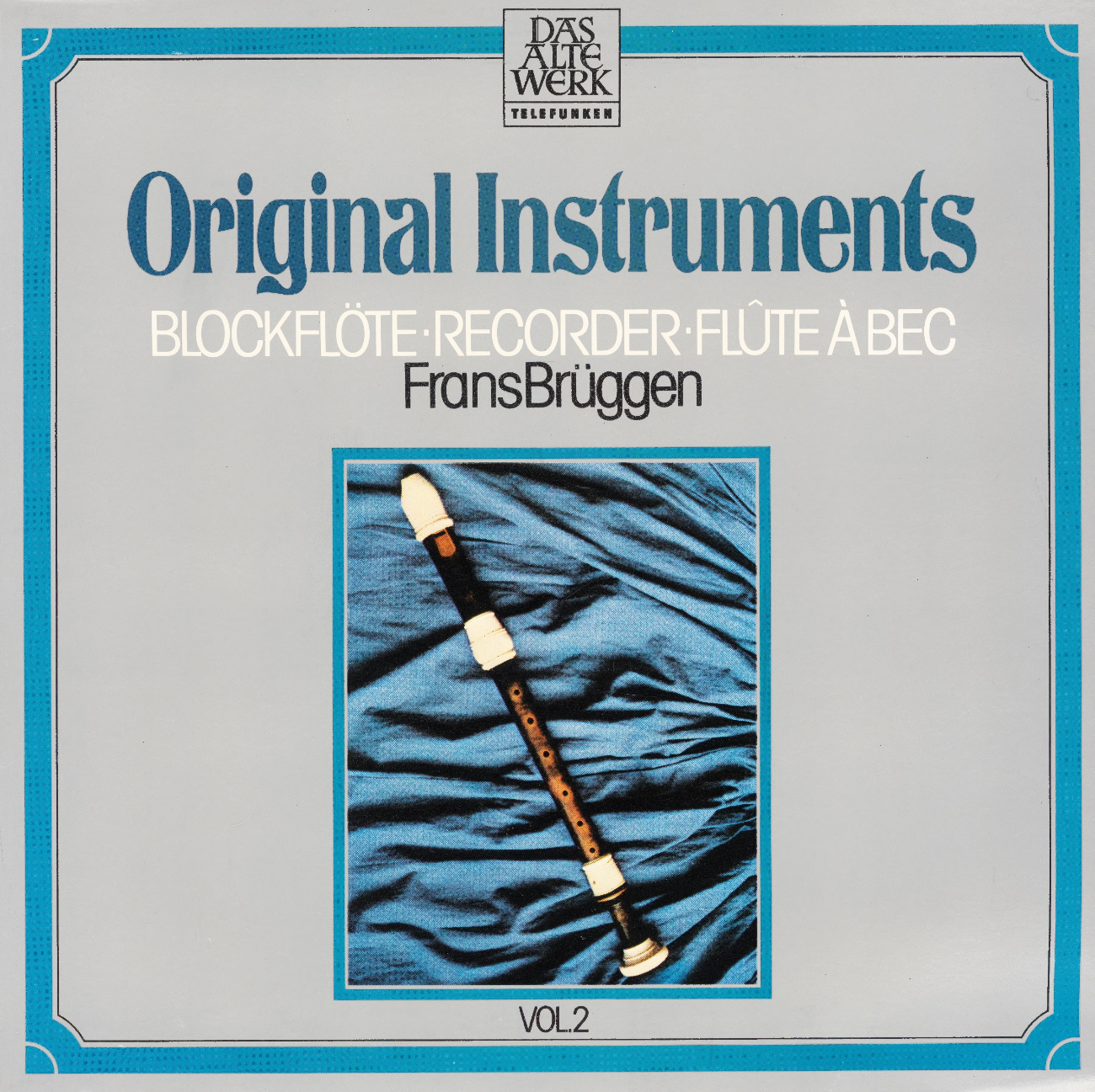
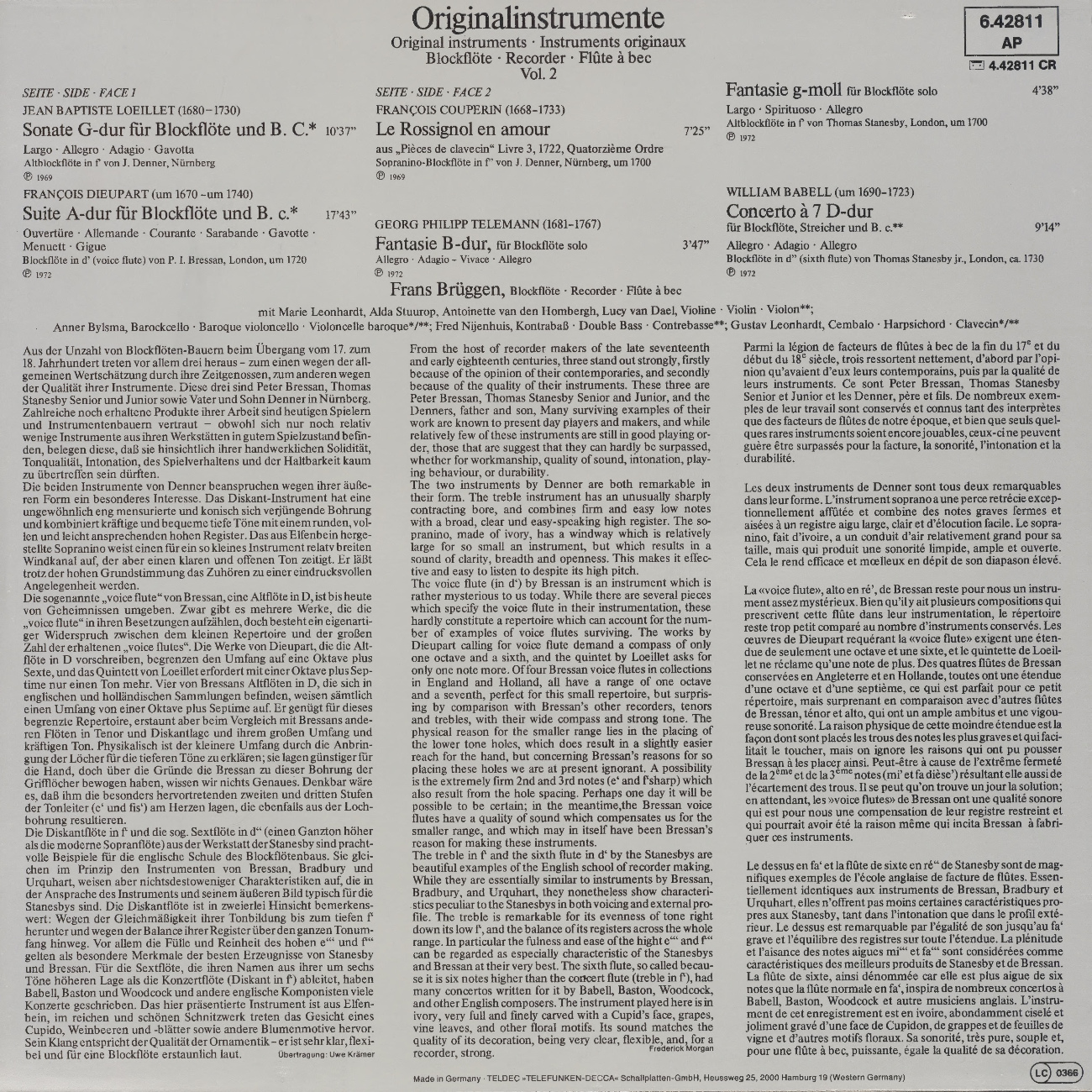
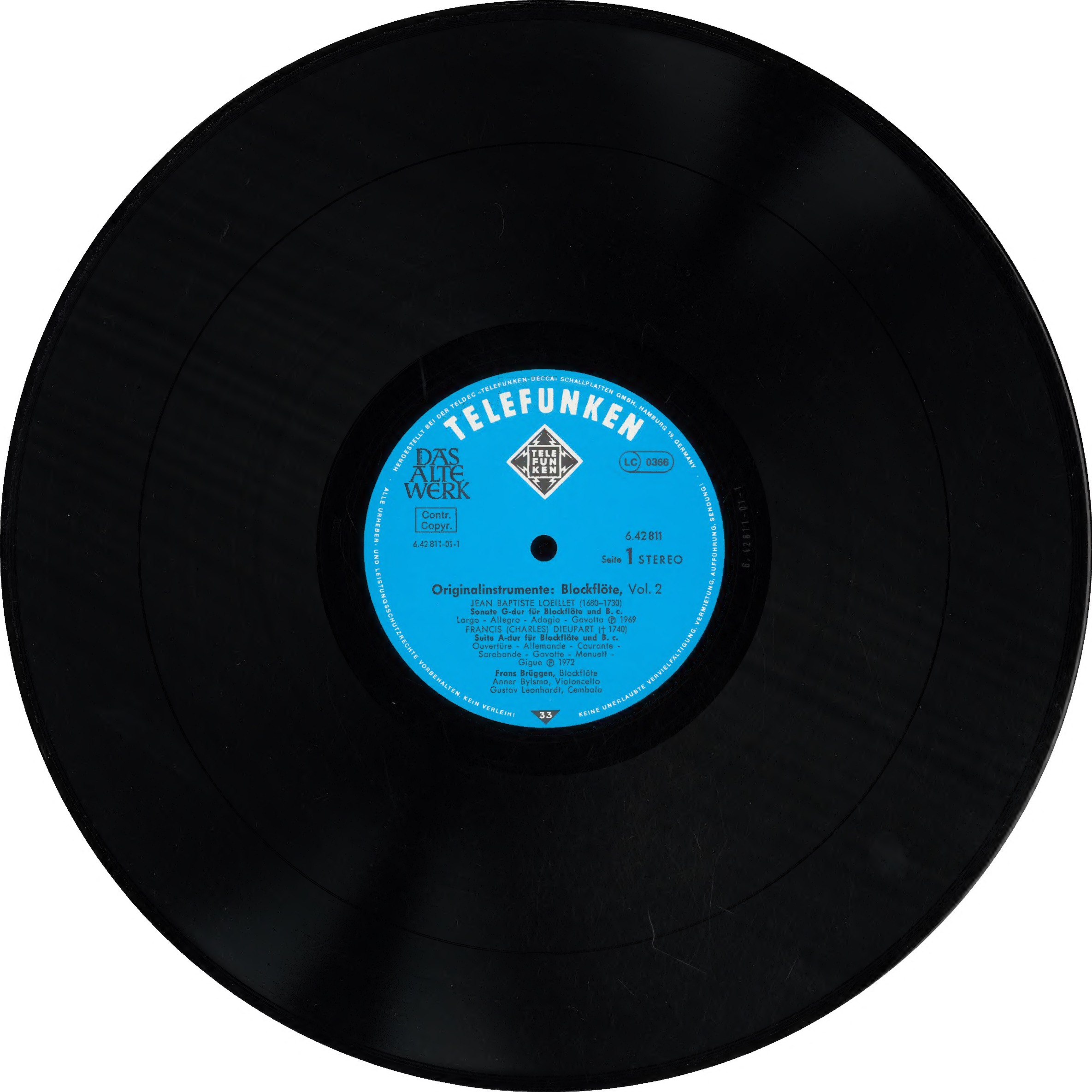
En las notas del segundo volumen, Morgan describe varias originales flautas construidas por Bressan, Denner y Stanesby, que documenta Brüggen en el segundo LP:4
From the host of recorder makers of the late seventeenth and early eighteenth centuries, three stand out strongly, firstly because of the opinion of their contemporaries, and secondly because of the quality of their instruments. These three are Peter Bressan, Thomas Stanesby Senior and Junior, and the Denners, father and son, Many surviving examples of their work are known to present day players and makers, and while relatively few of these instruments are still in good playing order, those that are suggest that they can hardly be surpassed, whether for workmanship, quality of sound, intonation, playing behaviour, or durability.
The two instruments by Denner are both remarkable in their form. The treble instrument has an unusually sharply contracting bore, and combines firm and easy low notes with a broad, clear und easy-speaking high register. The sopranino, made of ivory, has a windway which is relatively large for so small an instrument, but which results in a sound of clarity, breadth and openness. This makes it effective and easy to listen to despite its high pitch.
The voice flute (in d’) by Bressan is an instrument which is rather mysterious to us today. While there are several pieces which specify the voice flute in their instrumentation, these hardly constitute a repertoire which can account for the number of examples of voice flutes surviving. The works by Dieupart calling for voice flute demand a compass of only one octave and a sixth, and the quintet by Loeillet asks for only one note more. Of four Bressan voice flutes in collections in England and Holland, all have a range of one octave and a seventh, perfect for this small repertoire, but surprising by comparison with Bressan’s other recorders, tenors and trebles, with their wide compass and strong tone. The physical reason for the smaller range lies in the placing of the lower tone holes, which does result in a slightly easier reach for the hand, but concerning Bressan’s reasons for so placing these holes we are at present ignorant. A possibility is the extremely firm 2nd and 3rd notes (e‘ and f‘sharp) which also result from the hole spacing. Perhaps one day it will be possible to be certain; in the meantime, the Bressan voice flutes have a quality of sound which compensates us for the smaller range, and which may in itself have been Bressan’s reason for making these instruments.
The treble in f’ and the sixth flute in d’ by the Stanesbys are beautiful examples of the English school of recorder making. While they are essentially similar to instruments by Bressan, Bradbury, and Urquhart, they nonetheless show characteristics peculiar to the Stanesbys in both voicing and external profile. The treble is remarkable for its evenness of tone right down its low f’, and the balance of its registers across the whole range. In particular the fulness and ease of the hight e‴ and f‴ can be regarded as especially characteristic of the Stanesbys and Bressan at their very best. The sixth flute, so called because it is six notes higher than the concert flute (treble in f’), had many concertos written for it by Babell, Baston, Woodcock, and other English composers. The instrument played here is in ivory, very full and finely carved with a Cupid’s face, grapes, vine leaves, and other floral motifs. Its sound matches the quality of its decoration, being very clear, flexible, and, for a recorder, strong.
Frederick Morgan
La página Internet Archive conserva copias digitales de estos álbumes, con muestras de audio y versiones digitales de los libretos y portadas de los LP. Aquí están los enlaces para los volúmenes 1 y 2.
Como era de esperar, este proyecto dejó huella en Frans Brüggen, como se deduce de algunas de las impresiones que plasmó en sus notas de 1972:
Tocar flautas de pico del pasado ha sido mi pasión durante mucho tiempo. El hecho de poder presentar ahora un documento que recoge el sonido de la flauta de pico barroca me produce orgullo, envidia, modestia, amor, rabia, ansiedad, paz y un buen número de otros sentimientos al mismo tiempo. Aún queda mucho por aprender, por hacer y por dejar estar. El espectro de experiencias que he tenido mientras trabajaba en el proyecto no podría haber sido más enriquecedor.5
Sin embargo, es importante recordar que este tipo de proyectos entraña graves riesgos para unos instrumentos tan antiguos y tan frágiles, como reconoció Brüggen: «algunas valiosas piezas de museo se han rajado en mis manos». Por suerte, los instrumentos de propiedad privada resistieron mejor: «las 8 flautas de propietarios privados, acostumbradas a ser tocadas casi a diario, se negaron a rajarse, a pesar de la potencia de la calefacción central de mi vivienda».
Brüggen termina sus notas con una curiosa plegaria:6
Dios mío, que estás presente en los sótanos de los museos, que puedes abrir los ojos de las personas y conoces desvanes ocultos, concédeme muchas más, o todas las flautas antiguas.
— Frans Brüggen
Como era de esperar, su sed por los instrumentos originales seguiría siendo insaciable.
-
Frans Brüggen, 17 Blockflöten, Telefunken SMA 25073-T/1-3, Das Alte Werk, 3 × vinyl, LP, Stereo Box Set, Germany 1972. ↩
-
«If I have learned anything while making these recordings it must be what I have always suspected: the recorder is a beautiful instrument. But, also, that it can only be beautiful if really well made (if not, it borders on the category of mere whistles & toys) and very well played». ↩
-
Frans Brüggen, Blockflöte, Recorder, Flûte à Bec - Vol. 1. Telefunken 6.42050 AP, Das Alte Werk, Original Instruments, vinyl, LP, compilation, Germany 1976. ↩
-
Frans Brüggen, Blockflöte, Recorder, Flûte à Bec - Vol. 2. Telefunken – 6.42811 AP, Das Alte Werk, Original Instruments, vinyl, LP, compilation, Germany 1976. ↩
-
«Playing recorders of the past has been my passion for a long time. To be able now to present a documentation of the sound of the baroque recorder causes me pride, jealousy, modesty, love, anger, anxiety, peace and a good many other feelings at the same time. So much still remains to be learned, to be done, and to be left alone. The spectrum of experiences I have had while working on it is as colorful as one could wish». ↩
-
«My God, who is present in the cellars of museums, who can open the eyes of individuals, and knows hidden attics, grant me many more, or all, old recorders». ↩

